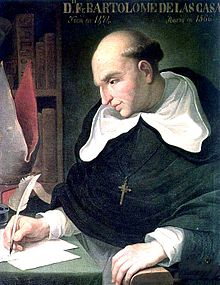Glyphs and Hieroglyphs
Maya hieroglyphs are partly phonetic (glyphs which stand for individual sounds) and partly logographic (picture writing in which a glyph stands for an entire word or concept). Because of their phonetic nature, Maya glyphs may be placed together to form any word which can be thought or spoken.
 Bartolomé de las Casas stated that hieroglyphic books contained the history of the people’s origins and religious beliefs, written with “figures and characters by which they could signify everything they desired; and that these great books are of such astuteness and subtle technique that we could say our writing does not offer much of an advantage”.
Bartolomé de las Casas stated that hieroglyphic books contained the history of the people’s origins and religious beliefs, written with “figures and characters by which they could signify everything they desired; and that these great books are of such astuteness and subtle technique that we could say our writing does not offer much of an advantage”.
The Maya could write “everything they desired.” (Las Casas 1958, 346)
----------------------
"The Spanish conquistadores were surprised to find many libraries in Mexico---amoxicillin, the Nahua called them (”houses of books”). There were three major archives in central Mexico, one in Tenochtitlan and the others in Texcoco and Cholula. All were razed, [destroyed], by Tlaxclan allies of the invading Spanish in retribution against the Aztec oppressors.” (Legends of the Plumed Serpent by Neil Baldwin, p. 79)